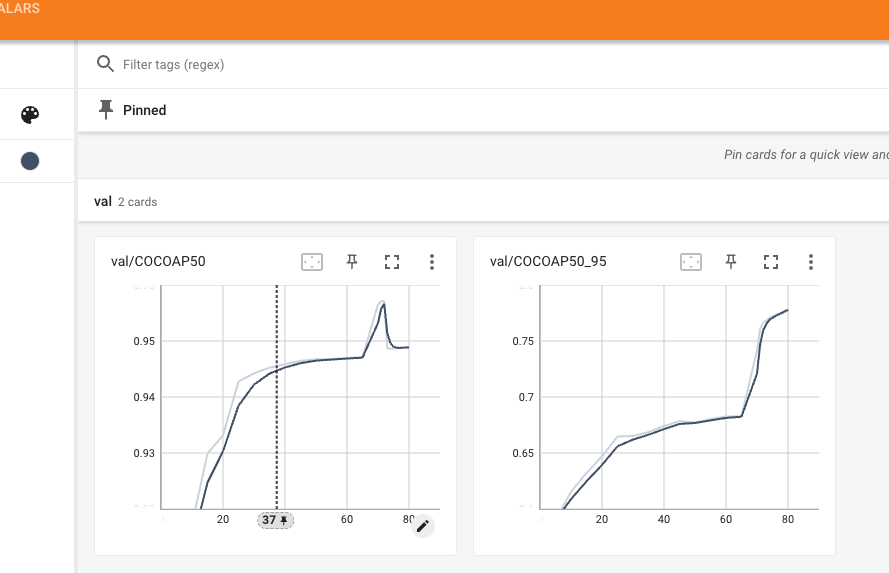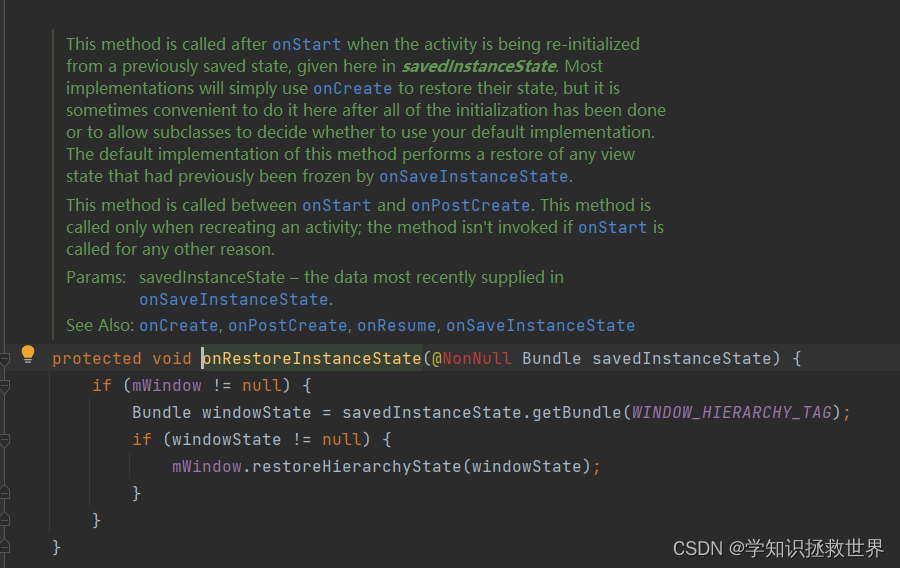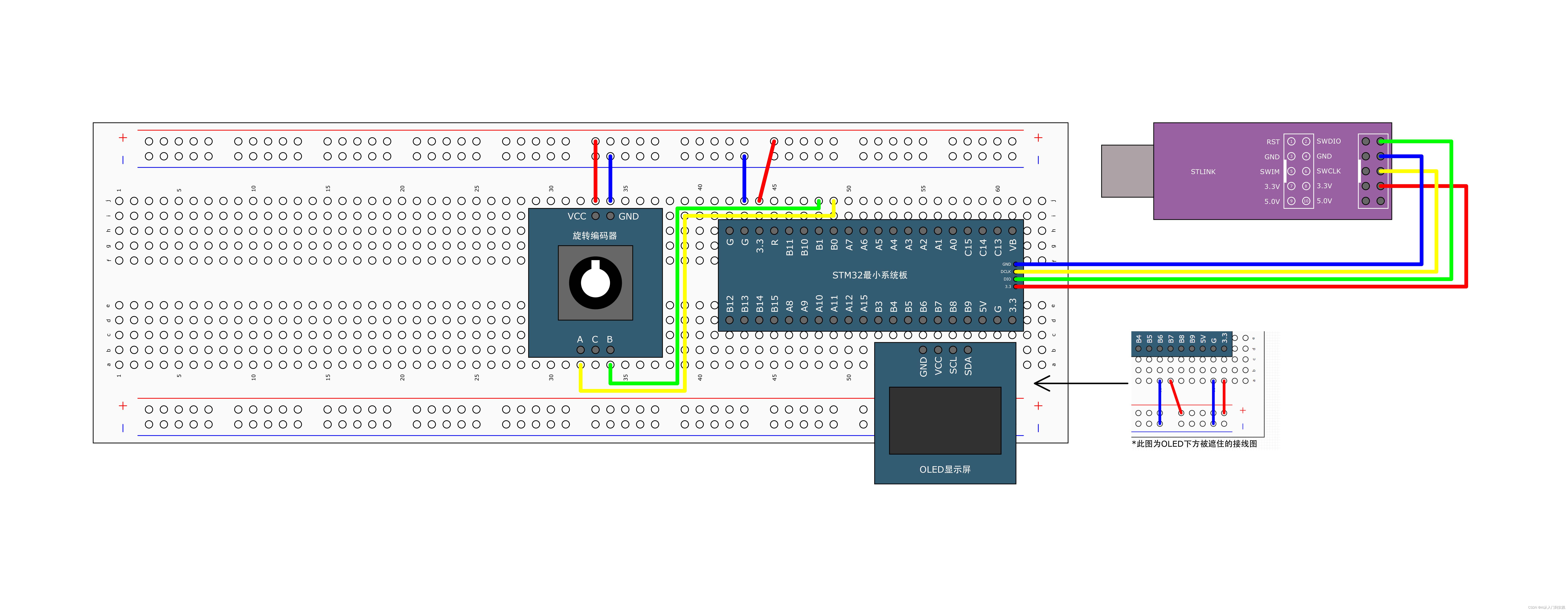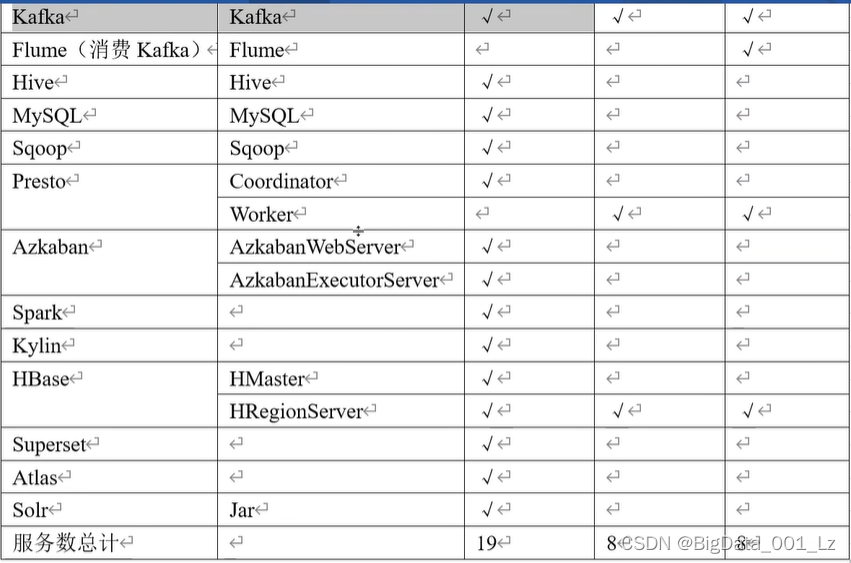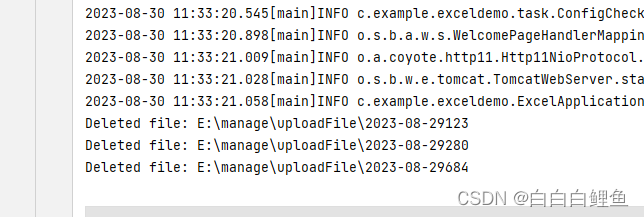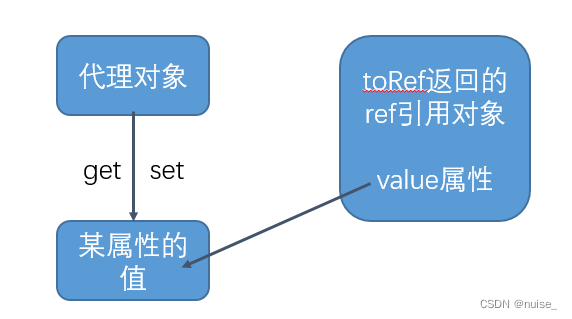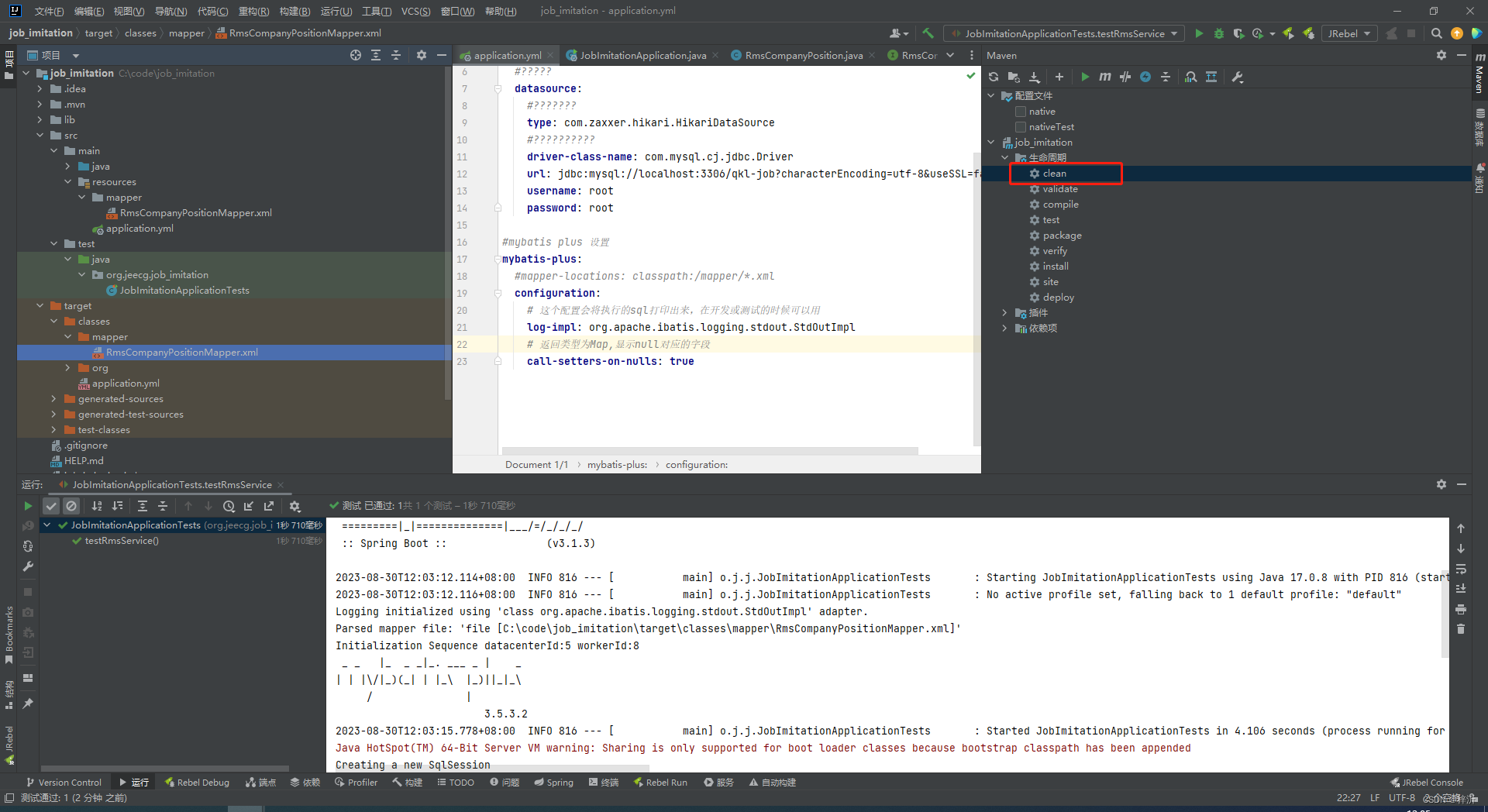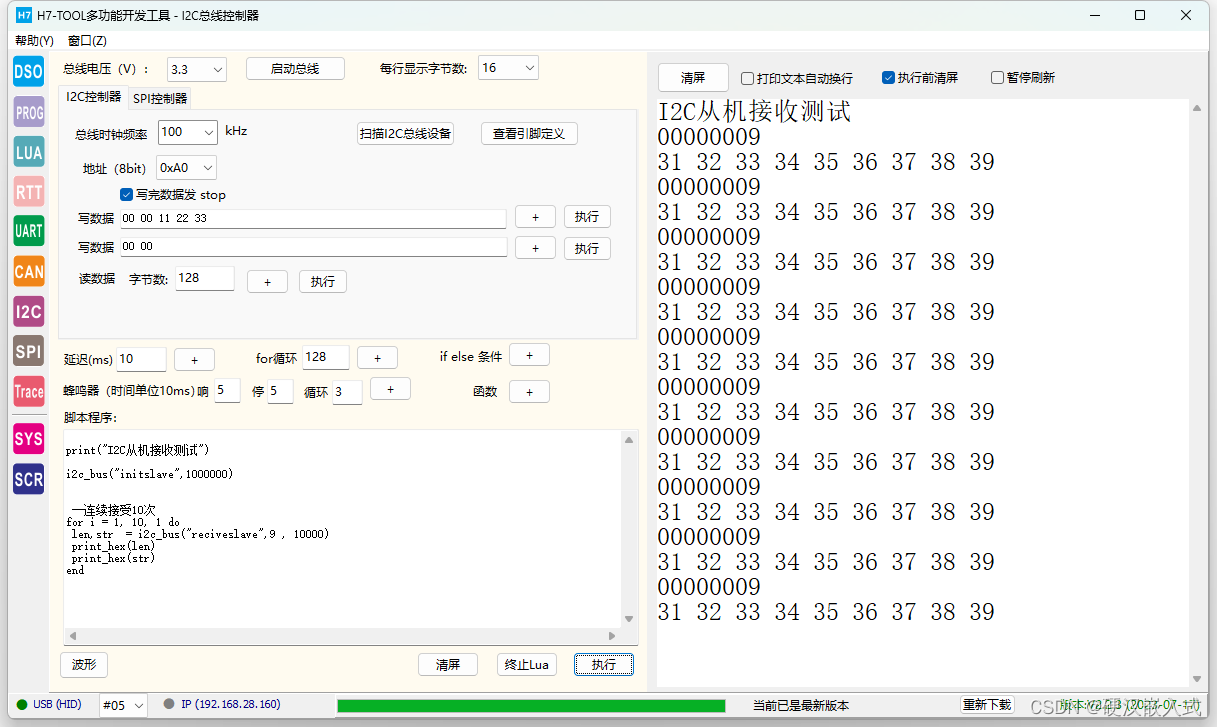目录
一、卷积核与循环核
二、循环核
1.循环核引入
2.循环核:循环核按时间步展开。
3.循环计算层:向输出方向生长。
4.TF描述循环计算层
三、TF描述循环计算
四、RNN使用案例
1.数据集准备
2.Sequential中RNN
3.存储模型,acc和lose可视化曲线和测试交互窗口
五、Embedding编码
Embedding改进上述案例
六、LSTM
1.循环时间核计算过程编辑
2.TF描述LSTM层
3.代码
七、GRU
1.循环时间核计算过程
2.TF描述GRU层
3.代码
总结
一、卷积核与循环核
卷积核:参数空间共享,卷积层提取空间信息。
循环核:参数时间共享,循环层提取时间信息
前向传播:只有ht会变化
反向传播:Wxh、Whh、Why才会变换
二、循环核
1.循环核引入
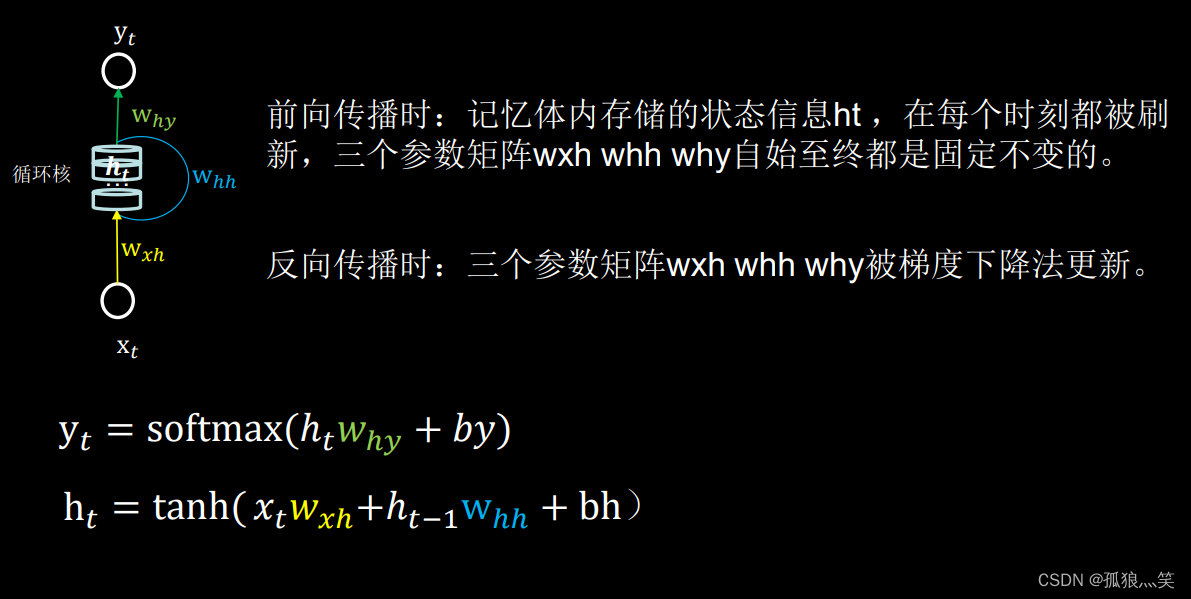
2.循环核:循环核按时间步展开。
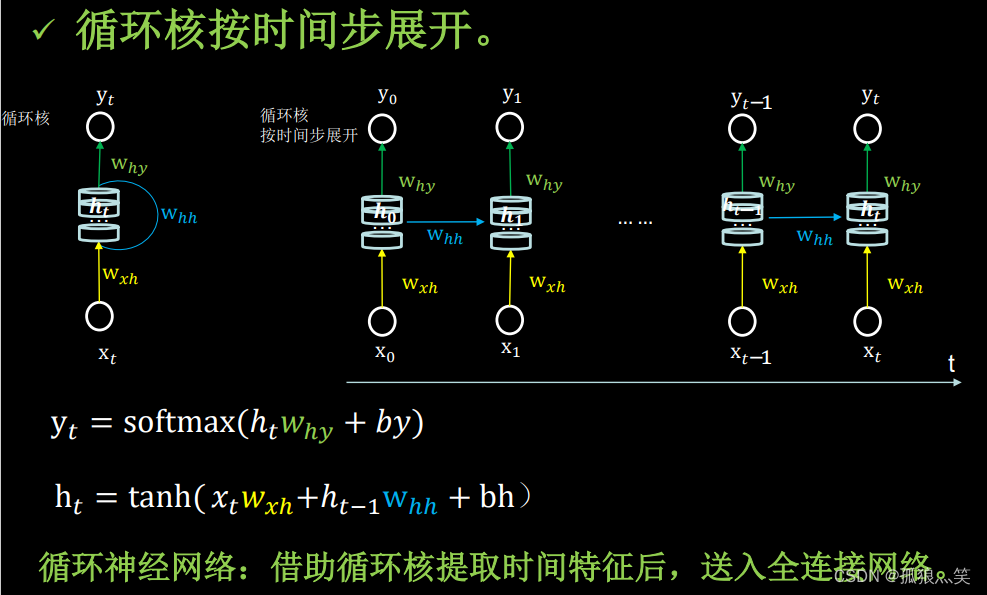
3.循环计算层:向输出方向生长。

4.TF描述循环计算层
# 如何使用
tf.keras.layers.SimpleRNN(记忆体个数,activation=‘激活函数’ ,
return_sequences=是否每个时刻输出ht到下一层)
# 说明
activation=‘激活函数’ (不写,默认使用tanh)
return_sequences=True 各时间步输出ht
return_sequences=False 仅最后时间步输出ht(默认)
例:SimpleRNN(3, return_sequences=True三、TF描述循环计算
举例说明
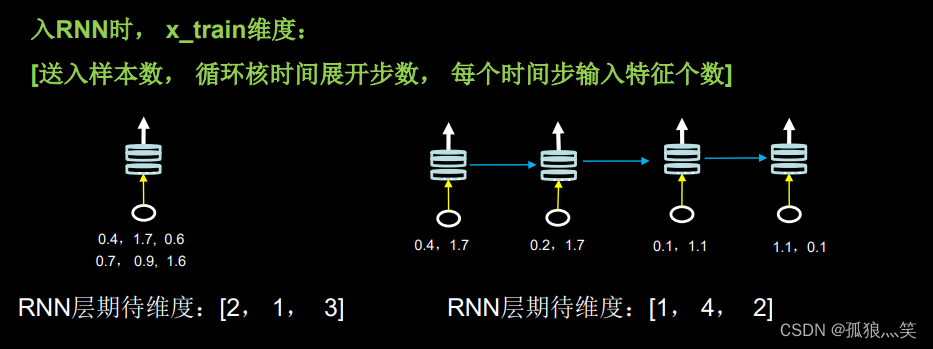
计算预测abcde
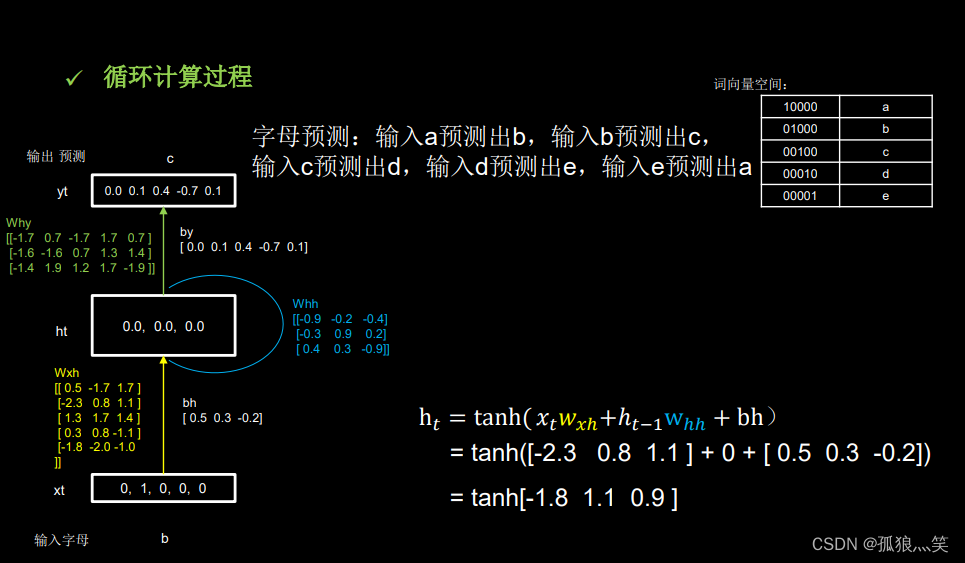
四、RNN使用案例
1.数据集准备
input_word = "abcde"
w_to_id = {'a': 0, 'b': 1, 'c': 2, 'd': 3, 'e': 4} # 单词映射到数值id的词典
id_to_onehot = {0: [1., 0., 0., 0., 0.], 1: [0., 1., 0., 0., 0.], 2: [0., 0., 1., 0., 0.], 3: [0., 0., 0., 1., 0.],
4: [0., 0., 0., 0., 1.]} # id编码为one-hot
x_train = [id_to_onehot[w_to_id['a']], id_to_onehot[w_to_id['b']], id_to_onehot[w_to_id['c']],
id_to_onehot[w_to_id['d']], id_to_onehot[w_to_id['e']]]
y_train = [w_to_id['b'], w_to_id['c'], w_to_id['d'], w_to_id['e'], w_to_id['a']]
# 打乱顺序
np.random.seed(7)
np.random.shuffle(x_train)
np.random.seed(7)
np.random.shuffle(y_train)
tf.random.set_seed(7)
2.Sequential中RNN
# Sequential层中的循环序列Rnn,时间序列
model = tf.keras.Sequential([
SimpleRNN(3), # 存储单元
Dense(5, activation='softmax')
])
model.compile(optimizer=tf.keras.optimizers.Adam(0.01),
loss=tf.keras.losses.SparseCategoricalCrossentropy(from_logits=False),
metrics=['sparse_categorical_accuracy'])
checkpoint_save_path = "./checkpoint/rnn_onehot_1pre1.ckpt"
if os.path.exists(checkpoint_save_path + '.index'):
print('-------------load the model-----------------')
model.load_weights(checkpoint_save_path)
cp_callback = tf.keras.callbacks.ModelCheckpoint(filepath=checkpoint_save_path,
save_weights_only=True,
save_best_only=True,
monitor='loss') # 由于fit没有给出测试集,不计算测试集准确率,根据loss,保存最优模型
history = model.fit(x_train, y_train, batch_size=32, epochs=100, callbacks=[cp_callback])
model.summary()3.存储模型,acc和lose可视化曲线和测试交互窗口
# print(model.trainable_variables)
file = open('./weights.txt', 'w') # 参数提取
for v in model.trainable_variables:
file.write(str(v.name) + '\n')
file.write(str(v.shape) + '\n')
file.write(str(v.numpy()) + '\n')
file.close()
############################################### show ###############################################
# 显示训练集和验证集的acc和loss曲线
acc = history.history['sparse_categorical_accuracy']
loss = history.history['loss']
plt.subplot(1, 2, 1)
plt.plot(acc, label='Training Accuracy')
plt.title('Training Accuracy')
plt.legend()
plt.subplot(1, 2, 2)
plt.plot(loss, label='Training Loss')
plt.title('Training Loss')
plt.legend()
plt.show()
############### predict #############
preNum = int(input("input the number of test alphabet:"))
for i in range(preNum):
alphabet1 = input("input test alphabet:")
alphabet = [id_to_onehot[w_to_id[alphabet1]]]
# 使alphabet符合SimpleRNN输入要求:[送入样本数, 循环核时间展开步数, 每个时间步输入特征个数]。此处验证效果送入了1个样本,送入样本数为1;输入1个字母出结果,所以循环核时间展开步数为1; 表示为独热码有5个输入特征,每个时间步输入特征个数为5
alphabet = np.reshape(alphabet, (1, 1, 5))
result = model.predict([alphabet])
pred = tf.argmax(result, axis=1)
pred = int(pred)
tf.print(alphabet1 + '->' + input_word[pred])五、Embedding编码
目的:每次时间预测都要进行编码,而且编码很麻烦,并且如果简单的话站的内存就比较多,所以就引入Embedding
独热码:数据量大 过于稀疏,映射之间是独立的,没有表现出关联性
Embedding:是一种单词编码方法,用低维向量实现了编码, 这种编码通过神经网络训练优化,能表达出单词间的相关性。
tf.keras.layers.Embedding(词汇表大小,编码维度)
Embedding改进上述案例
# Sequential有变化
model = tf.keras.Sequential([
Embedding(5, 2),
SimpleRNN(3),
Dense(5, activation='softmax')
])
# 输入有变化
alphabet = [w_to_id[alphabet1]]
# 使alphabet符合Embedding输入要求:[送入样本数, 循环核时间展开步数]。
# 此处验证效果送入了1个样本,送入样本数为1;输入1个字母出结果,循环核时间展开步数为1。
alphabet = np.reshape(alphabet, (1, 1))六、LSTM
1.循环时间核计算过程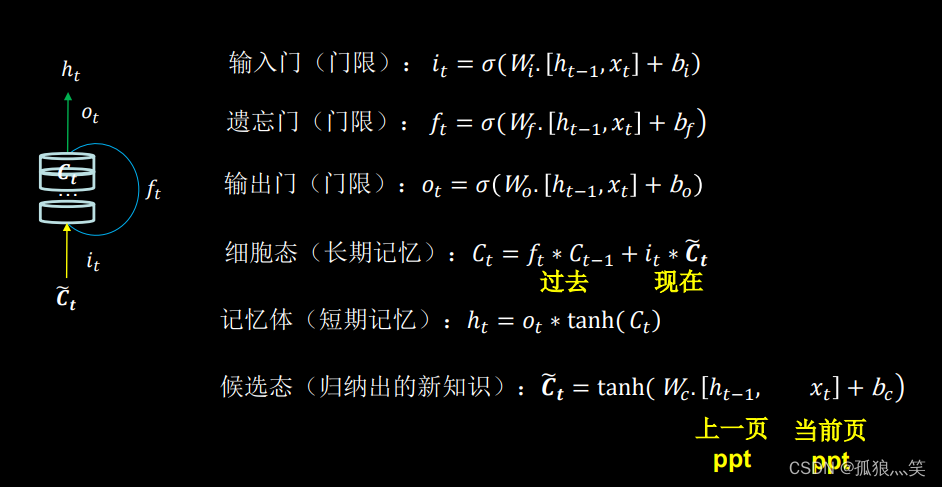
2.TF描述LSTM层
tf.keras.layers.LSTM(记忆体个数,return_sequences=是否返回输出) return_sequences=True 各时间步输出ht return_sequences=False 仅最后时间步输出ht(默认
3.代码
model = tf.keras.Sequential([
LSTM(80, return_sequences=True),
Dropout(0.2),
LSTM(100),
Dropout(0.2),
Dense(1)
])七、GRU
1.循环时间核计算过程
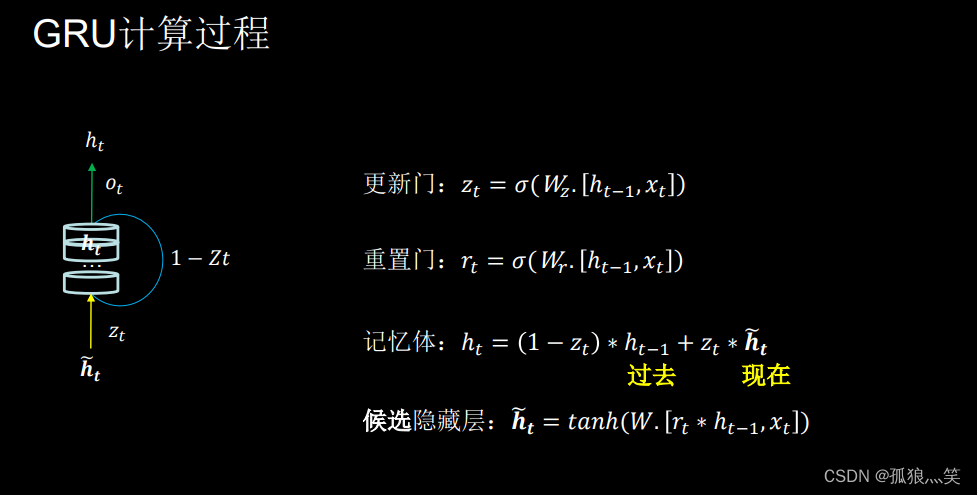
2.TF描述GRU层
tf.keras.layers.GRU(记忆体个数,return_sequences=是否返回输出) return_sequences=True 各时间步输出ht return_sequences=False 仅最后时间步输出ht(默认
3.代码
model = tf.keras.Sequential([
GRU(80, return_sequences=True),
Dropout(0.2),
GRU(100),
Dropout(0.2),
Dense(1)
])总结
- 本文主要借鉴:mooc曹健老师的《人工智能实践:Tensorflow笔记》
- RNN 是最简单的循环神经网络,它的优点是结构简单,易于实现,但是也有缺点,比如梯度消失或爆炸、难以处理长期依赖等。
- LSTM 是一种改进的 RNN,它的优点是能够避免梯度消失和长期依赖问题,学习更长的序列,但是也有缺点,比如参数较多,计算复杂度高。
- GRU 是一种简化的 LSTM,它的优点是参数较少,计算速度快,但是也有缺点,比如表达能力可能不如 LSTM 强 。
- 选择情况:一般来说,LSTM 和 GRU 的表现要优于 RNN
